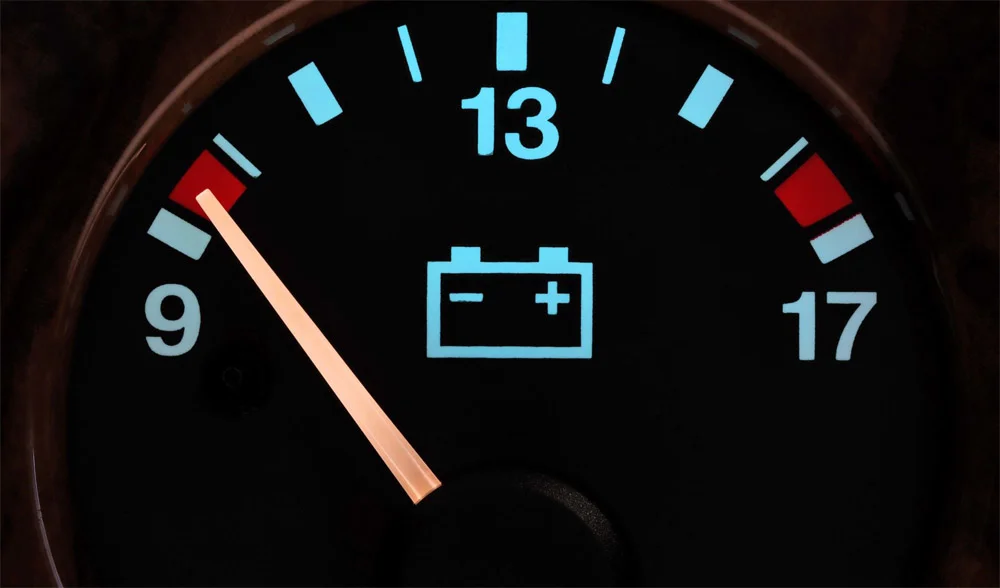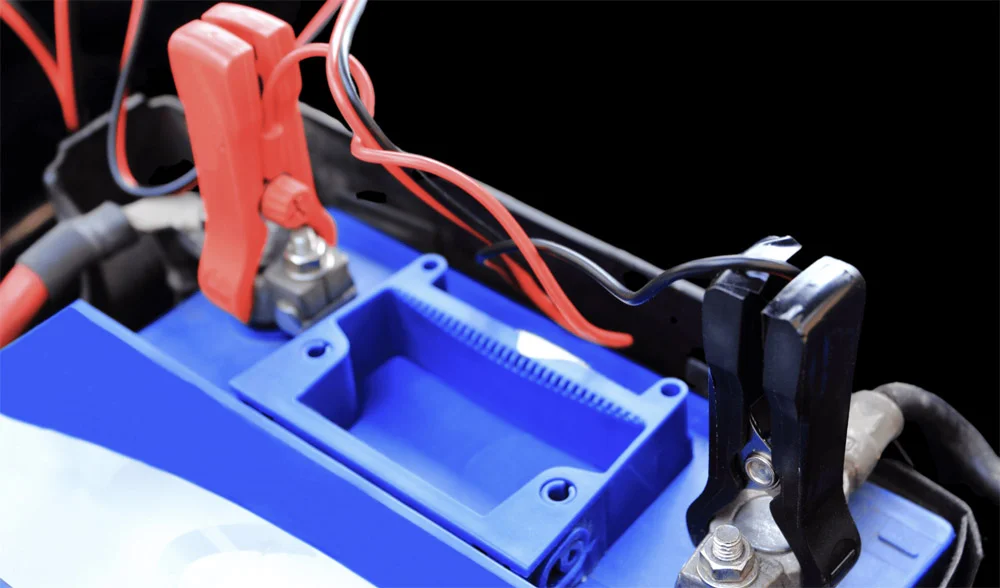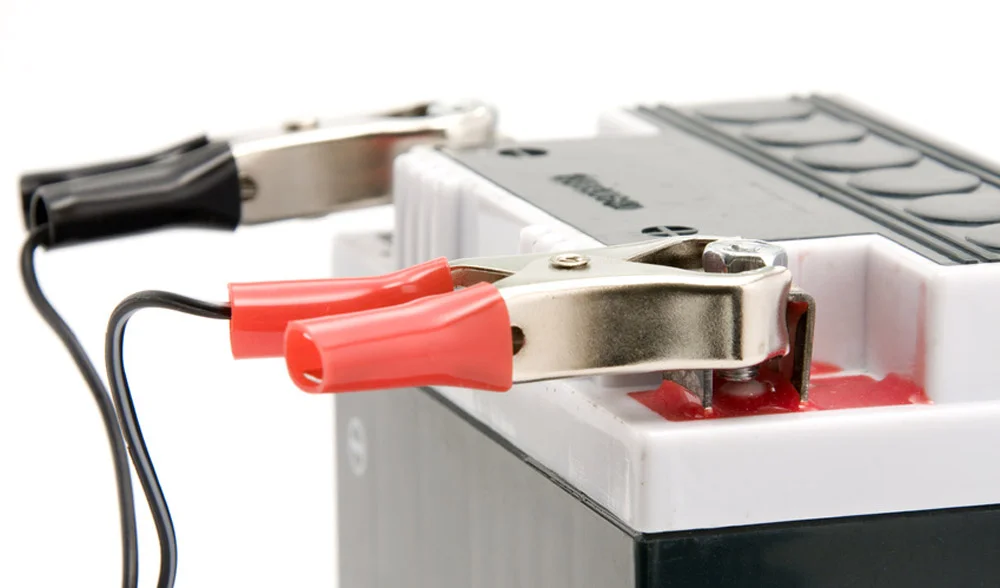A trickle charger is an automotive battery charger specifically designed for prolonged attachment to a car battery to gradually recharge it. Its purpose is to maintain a steady charge level and prevent the typical discharge that batteries experience over time. Due to varying opinions on the ideal duration for leaving a trickle charger connected to a battery, manufacturers have developed different types of trickle chargers to cater to diverse preferences.
Certain trickle chargers are designed to be left connected to a battery indefinitely, making them suitable for vehicles that are not in constant use or are stored away during specific seasons, like winter or summer. These specialized trickle chargers remain attached to the battery to ensure it remains charged even during extended periods of non-use. This practice ensures that the battery will be ready for unexpected situations or emergencies when the vehicle is needed, preventing it from becoming depleted due to lack of activity.

A Step-by-Step Guide
Trickle chargers utilize a battery regulator to carefully control the charging rate and avoid overcharging. By charging the vehicle’s battery at a rate comparable to its self-discharge rate, these chargers help maintain the battery’s full capacity. Charging at excessively high rates or overcharging can potentially harm the battery, making the regulator an essential component in the charging process.
Operating a trickle charger is a straightforward process. Typically, these chargers comprise a basic box housing the charger’s components, a power cable, and two alligator clips. Before making any connections, it’s essential to adjust the voltage and amperage settings to match your battery’s requirements. Take a moment to inspect the switches and buttons on the charger box, and configure them correctly before linking the charger to a power source.
Get Battery Ready for Charging
Prior to connecting your charger, it is imperative to prioritize safety precautions. Begin by ensuring your vehicle is parked in a rain-free and well-ventilated area. Charging may generate excess hydrogen gas, and in confined spaces, it could lead to potential explosions or fires. Be certain to turn off the vehicle’s ignition, remove the key, and ensure that your charger remains unplugged throughout the process.
Find an Appropriate Ground Location
The critical step for safely and efficiently completing your trickle charger circuit is locating a suitable spot to attach the negative terminal of your charger. Ideally, look for a bare metal area on the frame or a large bolt connected to the chassis or engine block. If such spots are not available, ensure the chosen section of the frame is clean and free from excessive dirt, grime, and oil. Under no circumstances should you use the negative terminal on the battery, as it could lead to potential explosions or fires.

Connect Cables
To start the connection process, you will find two alligator clips: one black and one red. Take the red (positive) cable and securely attach it to the positive terminal of the battery you wish to charge. Once you have confirmed a stable connection, proceed to attach the black (negative) wire to the ground location mentioned in step 2. Ensure this negative wire is firmly connected before plugging in your charger. Remember, it’s crucial not to touch the wires while the charger is plugged in and turned on, as doing so can result in serious shock or injury. Safety should always be a top priority during this procedure.
After ensuring all connections are properly set, proceed to plug the trickle charger into a power socket.
Power on the Charger
After making the connections, verify that all settings align with the recommendations provided in the manual for the specific battery type you are charging. Plug in the charger and switch it to the “On” position. Typically, battery chargers come with an amp meter that will display a higher reading for a dead battery and decrease to 0 as the battery becomes fully charged. If the amp meter shows a low reading, it could indicate that your battery does not require charging, or there might be an issue with the ground connection. In such cases, turn off the charger, unplug it, and attempt the connection again to rectify the problem.
Inspect the charger’s display to ensure that it is charging correctly. If, after a few minutes, the charging process does not commence, it is likely that your battery is completely discharged and cannot be recovered. However, if the charging process starts successfully, allow the battery to charge until it reaches its full capacity.
Certain trickle chargers are designed to be left connected to your battery for extended periods, lasting even months, without causing any harm, making them an effective long-term battery maintenance solution. However, some trickle chargers are only suitable for short-term connections, lasting a few days at most. It is essential to review your trickle charger’s manual for specific details and guidelines to ensure proper and safe usage.

Guide for Purchasing Trickle Chargers
Typically, a 1A trickle charger is intended for charging motorcycle batteries, golf carts, and similar small devices. Motorcycle batteries tend to lose about one percent of their charge daily, even when not in use. Consequently, neglecting to recharge your battery can lead to its premature failure. On the other hand, overcharging the battery can also cause damage, so striking the right balance is crucial for maintaining the battery’s health.
The 2A 6V and 12V battery trickle charger offers the convenience of multiple battery connectors, making it suitable for charging various vehicles like motorcycles, lawn tractors, ATVs, and snowmobiles. This versatile charger can handle both small and large batteries, including classic or antique ones. It comes with two different charging settings: a 2-amp trickle charge rate for six-volt batteries and a 4A trickle charge rate for 12V batteries. The charger features a reverse hookup connection with 50A clamps for both top and side post batteries. Additionally, it provides a twelve-amp plug-in option for charging car batteries. With its comprehensive capabilities, this trickle charger caters to all your charging needs efficiently.
A trickle charger can be a lifesaver for your struggling car battery, providing a convenient solution to keep your vehicle running smoothly. Whether your battery is dying or you need to revive long-garaged vehicles like golf carts, boats, motorcycles, RVs, or jet skis, these chargers come to the rescue. Even when you’re all set for a journey, your car’s battery might not be up to the task. Opting for a car battery trickle charger offers a straightforward way to prevent battery failure and ensure your vehicle is always ready to go.
Contact Power1986 now and inform us of your purchasing requirements. Besides Car Battery Chargers, you will also find a wide range of charging products including USB A/C Fast Chargers, DC-AC Power Inverters and Switching Power Supplies. With high quality and competitive price, we would like to believe that we can become your preferred product supplier.
